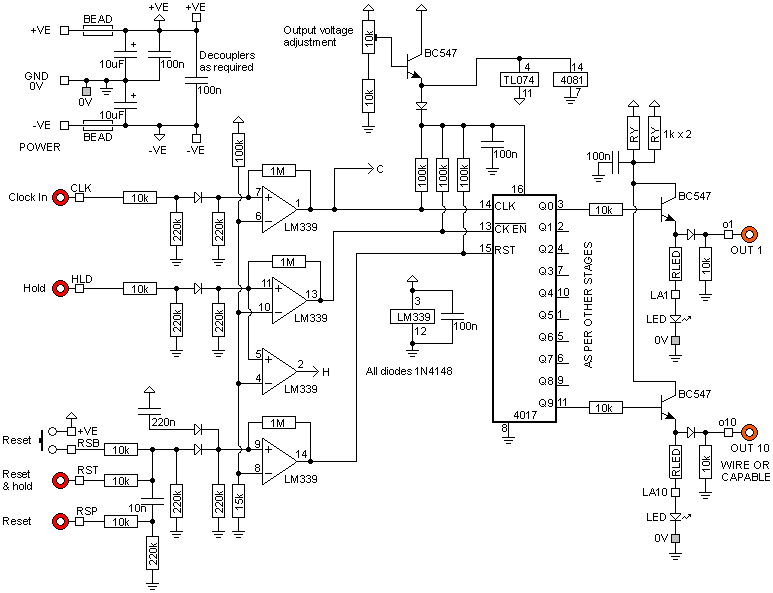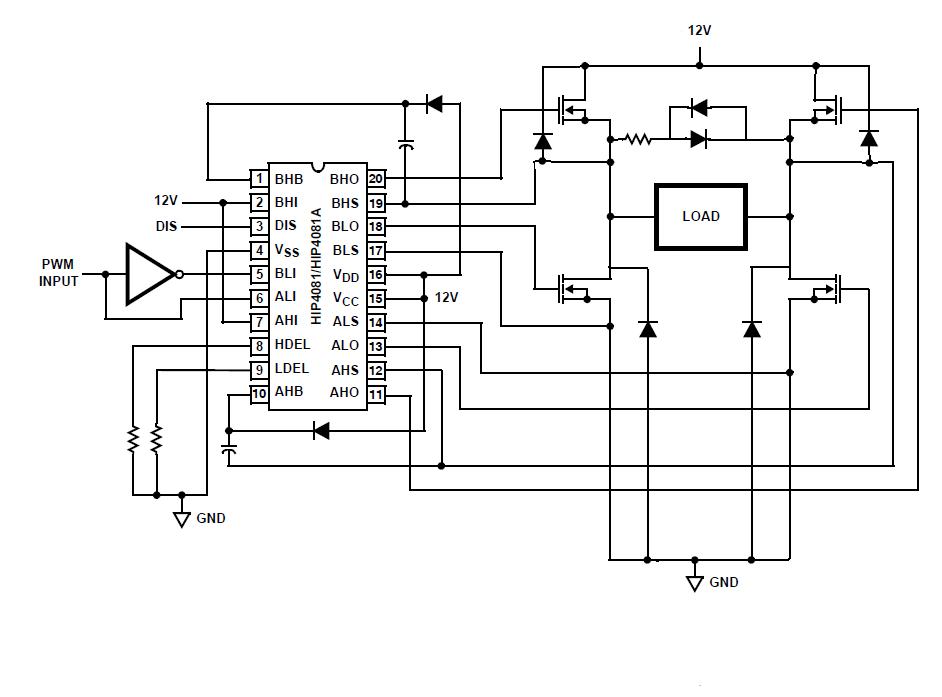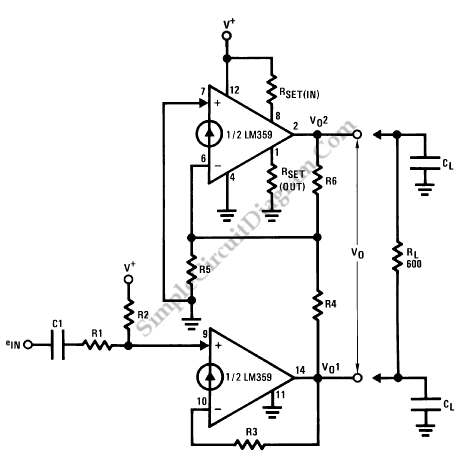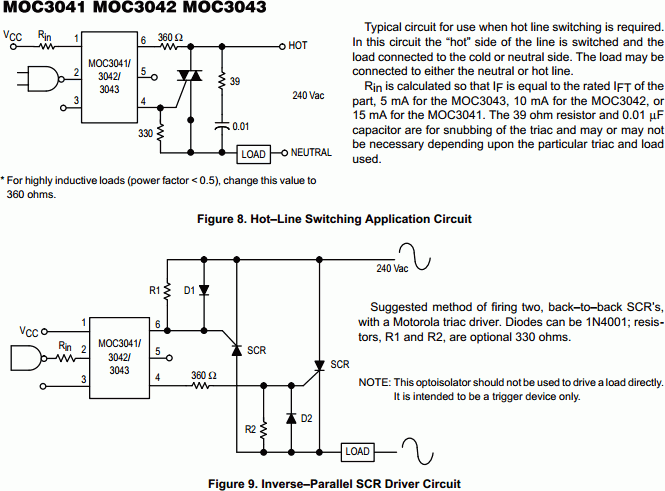
Optical Isolation Amplifiers and Gate Driver Optocouplers
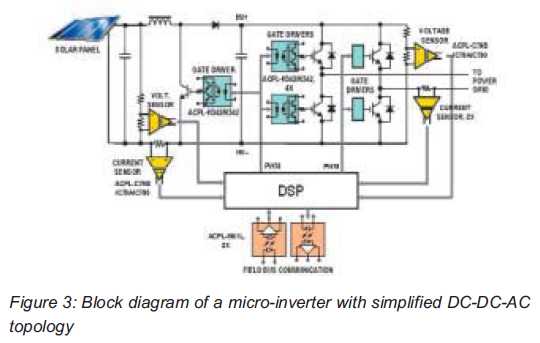
Both help improve efficiency and protect micro-inverters in photovoltaic (PV) solar applications. In 2009, the residential solar photovoltaic (PV) inverter market represented 90 percent of the total PV.
The integration of micro-inverters in photovoltaic solar applications has significantly enhanced system efficiency while providing essential protection for the inverters themselves. Micro-inverters operate at the individual panel level, converting the direct current (DC) generated by each solar panel into alternating current (AC) for use in homes or for feeding into the grid. This localized conversion maximizes energy harvest, especially in conditions where shading or panel orientation varies.
The design of micro-inverters includes several protective features to ensure operational reliability. These features often encompass over-voltage protection, over-temperature protection, and short-circuit protection, which safeguard the inverter from potential damage due to environmental factors or electrical faults. The implementation of these protective measures not only extends the lifespan of the micro-inverter but also enhances the overall safety of the solar power system.
In the context of the residential solar PV inverter market, the dominance of micro-inverters can be attributed to their ability to optimize energy production from each solar panel, thereby increasing the overall efficiency of the solar energy system. As of 2009, micro-inverters accounted for a substantial portion of the market share, reflecting a growing trend towards more efficient and reliable solar energy solutions for residential applications. The shift towards micro-inverters has been driven by advancements in technology and a greater emphasis on maximizing energy output in diverse installation scenarios.Both help improve efficiency and protect micro-inverters in PV solar applications In 2009, the residential solar photovoltaic (PV) inverter market represented 90 percent of the total PV.. 🔗 External reference
The integration of micro-inverters in photovoltaic solar applications has significantly enhanced system efficiency while providing essential protection for the inverters themselves. Micro-inverters operate at the individual panel level, converting the direct current (DC) generated by each solar panel into alternating current (AC) for use in homes or for feeding into the grid. This localized conversion maximizes energy harvest, especially in conditions where shading or panel orientation varies.
The design of micro-inverters includes several protective features to ensure operational reliability. These features often encompass over-voltage protection, over-temperature protection, and short-circuit protection, which safeguard the inverter from potential damage due to environmental factors or electrical faults. The implementation of these protective measures not only extends the lifespan of the micro-inverter but also enhances the overall safety of the solar power system.
In the context of the residential solar PV inverter market, the dominance of micro-inverters can be attributed to their ability to optimize energy production from each solar panel, thereby increasing the overall efficiency of the solar energy system. As of 2009, micro-inverters accounted for a substantial portion of the market share, reflecting a growing trend towards more efficient and reliable solar energy solutions for residential applications. The shift towards micro-inverters has been driven by advancements in technology and a greater emphasis on maximizing energy output in diverse installation scenarios.Both help improve efficiency and protect micro-inverters in PV solar applications In 2009, the residential solar photovoltaic (PV) inverter market represented 90 percent of the total PV.. 🔗 External reference
Warning: include(partials/cookie-banner.php): Failed to open stream: Permission denied in /var/www/html/nextgr/view-circuit.php on line 713
Warning: include(): Failed opening 'partials/cookie-banner.php' for inclusion (include_path='.:/usr/share/php') in /var/www/html/nextgr/view-circuit.php on line 713


